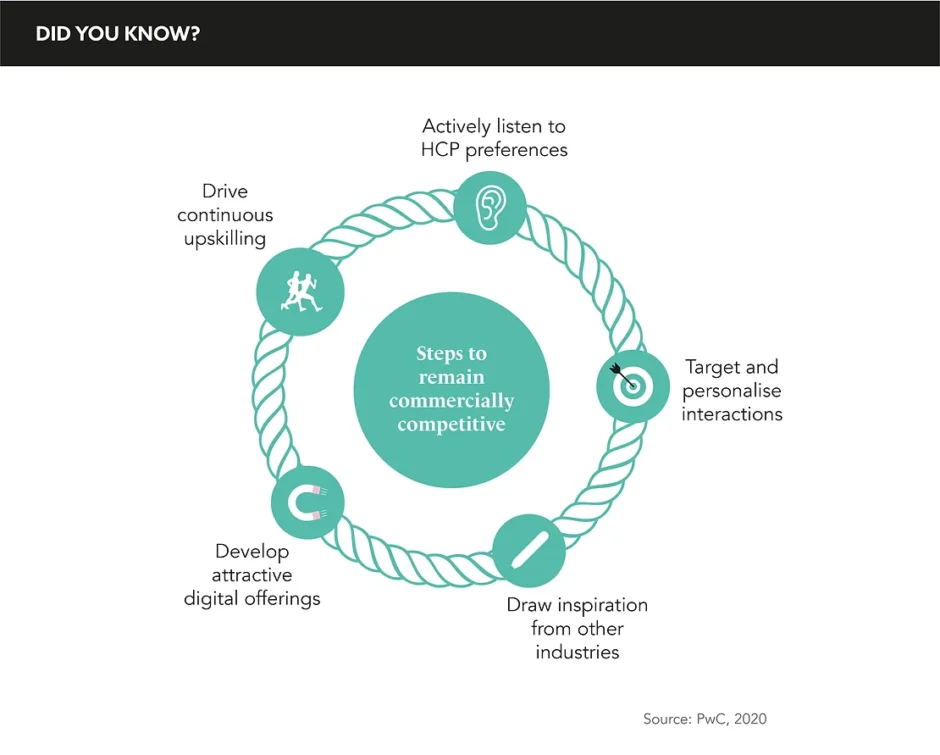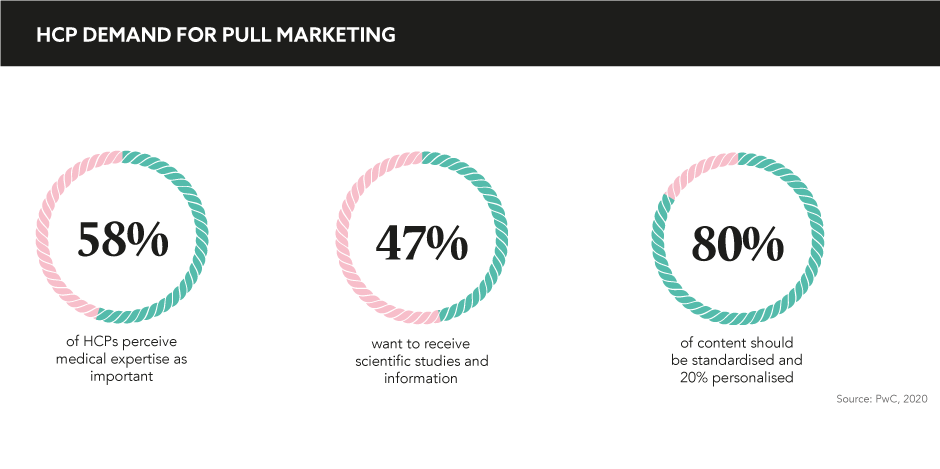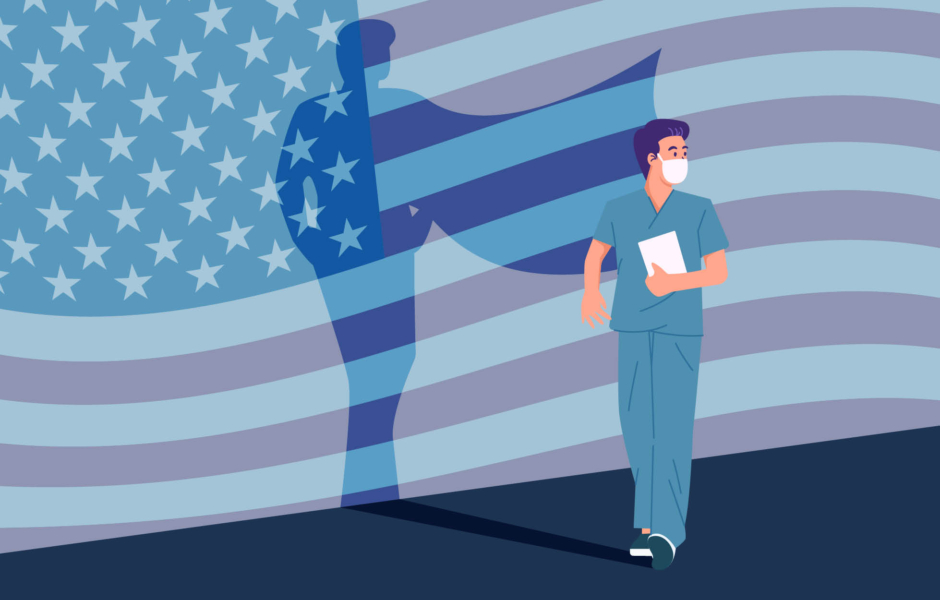While pharmaceutical marketers used to rely heavily on push marketing, since the pandemic, a call to move to pull advertising has prevailed. How can pharma further engage the medical affairs function to draw in doctors with tailored, scientific content that is targeted and trustworthy?
Words by Isabel O’Brien
When a fresh-faced comic takes to the stage in a dingy basement of a comedy club, their main objective is to grab and hold the audience’s attention. The demographic, the location, and the mood of these individuals are just as important as the routine itself; in order for the jokes to land, the comedian must deliver their material while also bearing this particular set of spectators in mind.
While the pharmaceutical industry may not be looking for laughs, for too long their customer engagement strategies have not been pulling in the crowds. “For many years, we have been focussed on providing promotional messages, rather than listening and providing the customer with what they want,” says Sandra Silvestri, Senior Vice President and Global Head of Medical, General Medicines, Sanofi, during the Reuters Events’ Pharma Customer Engagement Europe. The industry has relied on push tactics, which to-date have provoked a lacklustre response from their audience of physicians.
The pandemic has illuminated how ineffective this strategy had become. “It’s really a question of realising that push marketing [marketing from the past] is dead,” says Florent Edouard, Senior Vice President, Global Head of Commercial Excellence, Grünenthal Group. “It’s very important to understand that what we will deliver tomorrow is not medical education on one side and marketing activities on the other, but an integrated customer journey.”
This integration can only be achieved by exchanging a push for a pull mindset, with all the functions working together to create a customer experience that suits both their own and the healthcare professionals’ objectives. “We must look for that sweet spot between what the clinician, the patient, and the company need,” says Victoria Ho, Head of Medical Capabilities and Excellence EUR/INT, Jazz Pharmaceuticals. “Where is the overlap? Where’s the mutual benefit? And where is it likely that that pull can happen?” Stefan Scheepers, Business Director, Digital Health, Europe, Mobiquity, believes that this involves throwing out our assumptions and searching for a wider truth. “Being customer-centric is being able to challenge what you think you know about your customer.”
The industry must pour resources into medical affairs if they are to understand what separates winning communications from the flops. Ho explains: “I think investment in insight is crucial; having somebody accountable in the company for ensuring it happens, not just giving it to a project team and saying this is something to do as well as your day job.” Once specialist insight teams have been created, pharma can develop communications that not only meet HCP expectations but exceed them. “If we can expand to the next level, ideally we would be able to anticipate the customers’ needs and provide solutions to potential issues and problems before they are aware of them,” confirms Silvestri.
Relevant and forward-thinking content are of course essential, but the right delivery must be used to reel in an increasingly bombarded audience. Tash Brown, Chief Operating Officer, TrendMD, is a staunch advocate for native advertising when capturing the attention of medical professionals. “There are countless tools available to build various strategies, ranging from digital ads to social media ads to video ads, but native advertising can be a pull tool for maximising healthcare practitioner reach,” she says. Engagement from native advertising, in which ads blend in with the form and function of the host platform, has proven to be effective. “It also gives HCPs the opportunity to click and learn about what they are already interested in and what they are already reading about,” says Brown. Research by TrendMD has found that engagement exceeds the industry benchmark by 74%.
“Currently there is medical learning: talking about the disease and the treatment options. Then there are traditional ‘marketing packages’: talking about the product, the patients it is for, and what the side effects could be. If we bring those elements together, the customer will be happy,” says Edouard.
We must look for that sweet spot between what the clinician, the patient, and the company need
While medical and marketing are yet to be bouncing effortlessly off one another, the pandemic and the demands it placed on HCPs’ time have forced the industry to shake things up to satisfy their prospective audiences. “It takes a while to do a cultural switch from product specific to customer-focussed, but once you have done this and orchestrated all of the different touch points, this should become part of the DNA of how we do business,” concludes Silvestri. Pharma may be seeking to educate rather than entertain, but if marketing and medical come together, we could have a hot new double act in town.











